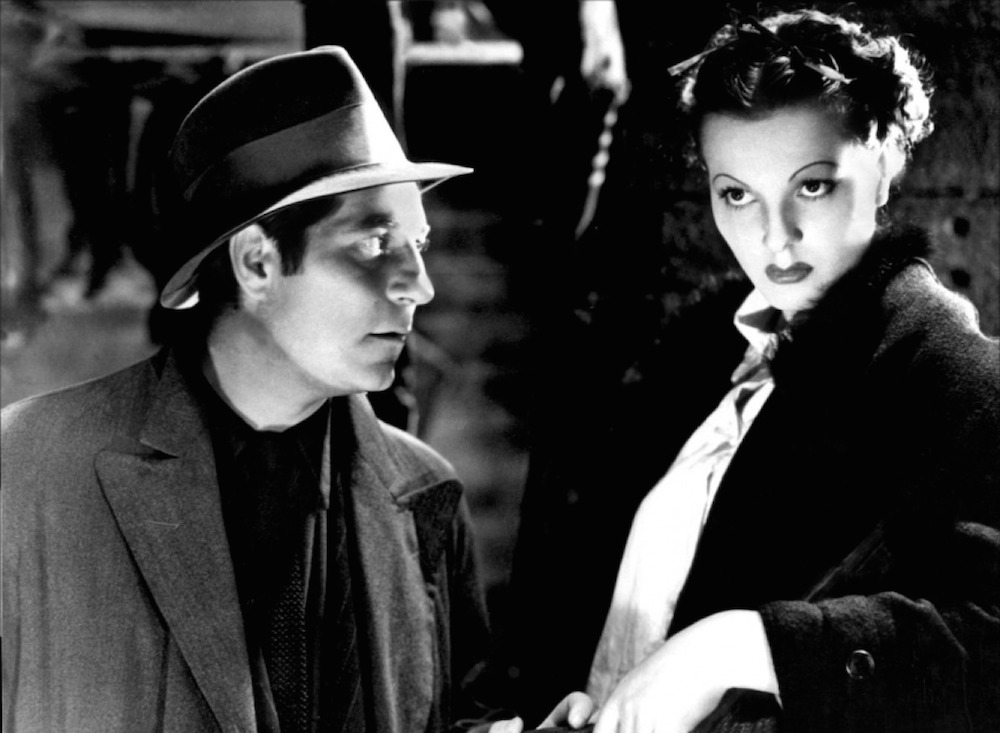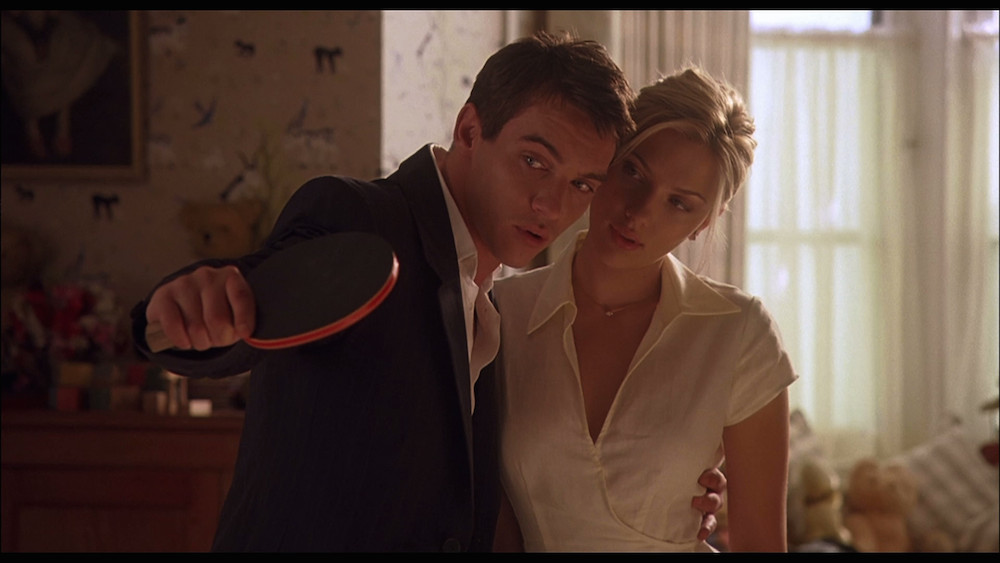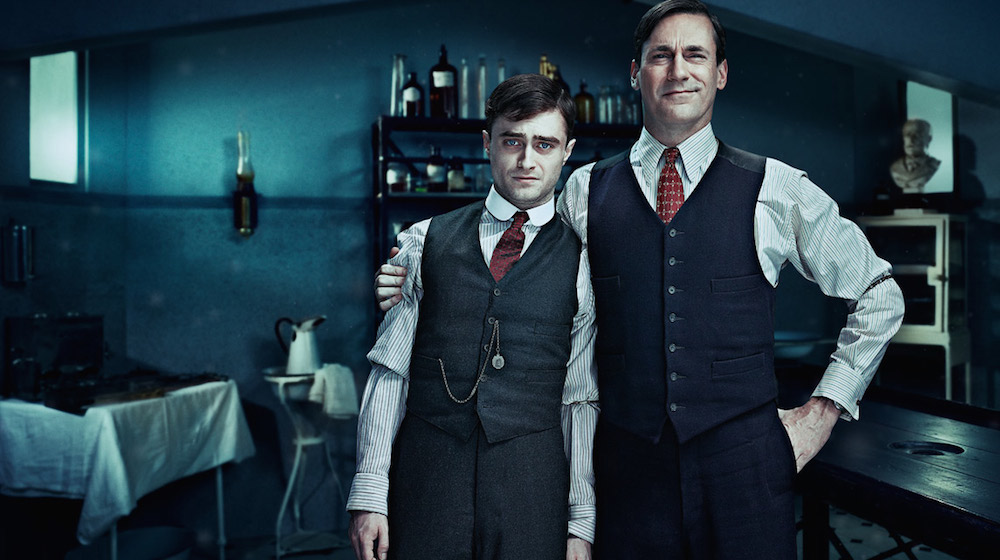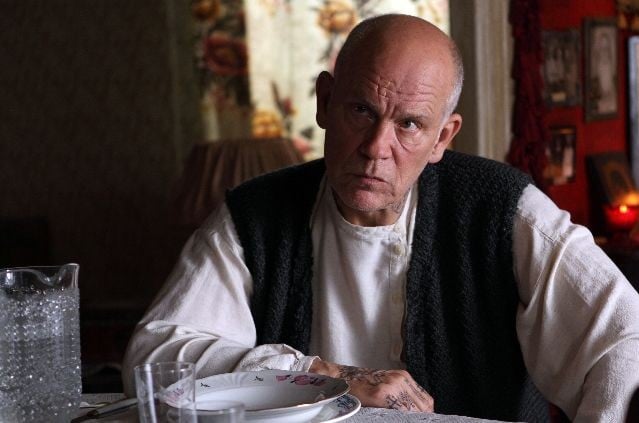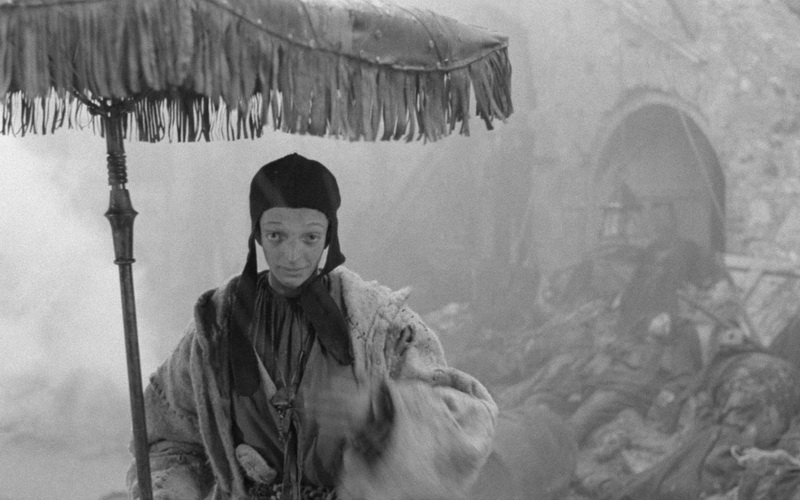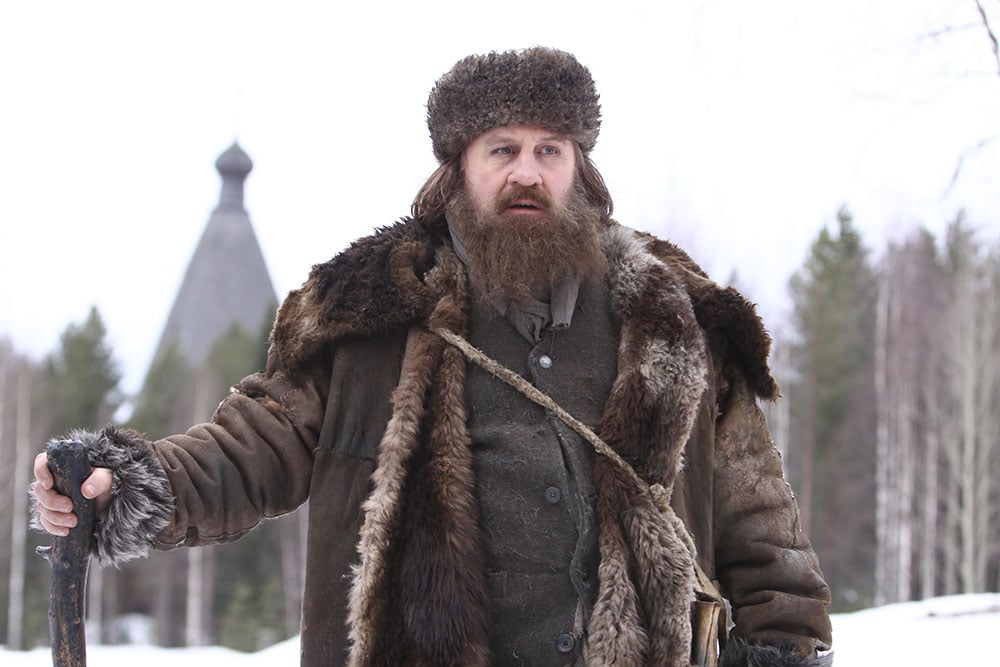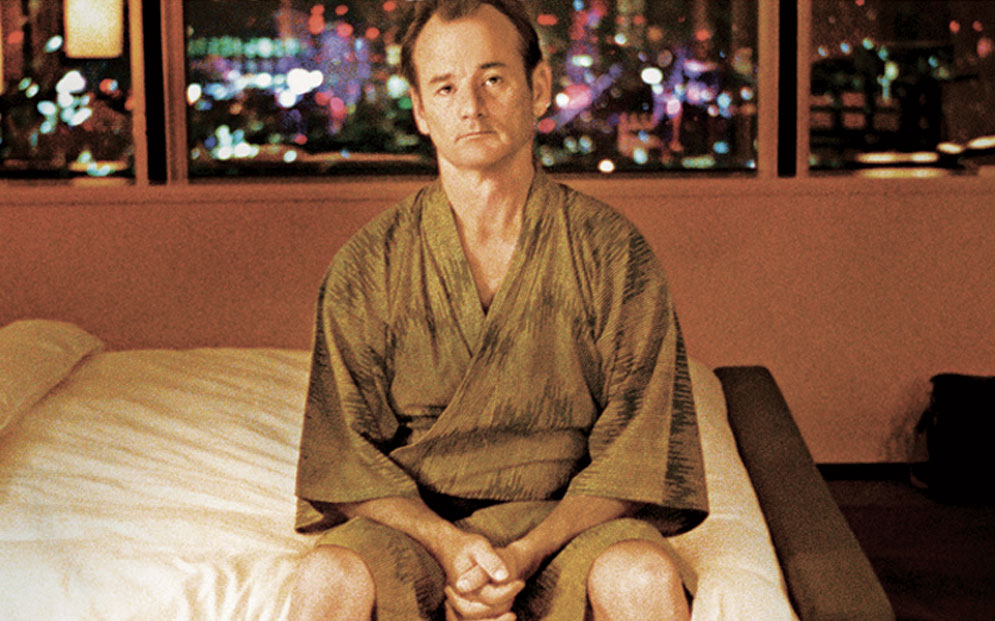Meet cute: Dostoevsky goes to the movies in The Double

Unfaithful film adaptations of their literary classics set Russians grumbling. But offbeat versions, like The Double, a new take on Dostoevsky, should be welcomed as the ultimate compliment, says Andrei Kartashov
Richard Ayoade’s The Double, which opens in cinemas in Britain and Russia this week, is guaranteed some prominence — and maybe even a cult following. The film is a dark, quirky fantasy starring Jesse Eisenberg as Simon James, an inconspicuous and tremulous clerk who meets his doppelgänger, James Simon, and soon finds his life being usurped by him. The polymathic Eisenberg is the closest you can get to an indie superstar, and Ayoade is very much a man on the rise after his acclaimed debut Submarine. Love interest Mia Wasikowska is also a much-hyped talent. But in Russia there is another reason why the film will be getting special attention: not the bizarre visual style or dystopian setting, but the fact that The Double is adapted, albeit loosely, from Fyodor Dostoevsky’s twisted novella of the same name.
In Russia, a country that frequently boasts that it has the most active readers in the world (there’s no proof for this claim) and where the rich literary heritage is an important part of national identity, any adaptation of the country’s classics will be scrutinised closely. Last year one of the most debated films in Russian media was Joe Wright’s Anna Karenina, and while some of the reviewers heaped praise or scorn on the vivid visual style and tricky mise-en-scene (it took place in a giant theatre set), others chose to concentrate on the uneasy relationship between the film’s playful tone and the earnest source novel. Some of Leo Tolstoy’s advocates were resentful enough to declare the film a demonstration of western disrespect for Russian literature, which in the case of Wright’s film became “merely a stage set for a postmodern ballet”, to quote one of the most ardent naysayers, the poet and popular intellectual, Dmitry Bykov.
The reaction was typical. It doesn’t take the boldness of Wright and Karenina’s screenwriter Tom Stoppard to earn disapproval — the internationally produced TV series of War and Peace, quite faithful to Tolstoy’s mammoth tome, and the British adaptation of Alexander Pushkin’s verse novel Eugene Onegin, with Ralph Fiennes as the titular character, were met with the same unenthusiastic response. Reactions to Sky Arts’ series A Young Doctor’s Notebook starring Daniel Radcliffe as the protagonist of Mikhail Bulgakov’s short stories were even more acerbic. Filmmakers’ interpretations of literary classics are typically labelled as reductive, their execution as stereotypical and inaccurate. The latter problem is known as klyukva, literally a “cranberry” — a term originating from a parody that featured a “shady cranberry tree” that came to signify any stereotype, cliche or manifestation of ignorance in portrayals of Russia found in western movies, from Armageddon to David Lean’s venerable Doctor Zhivago.
Preoccupation with the national image is not unusual per se, but the Russian scope of it feels somewhat inflated. The French may frown upon the omnipresence of croissants and baguettes on screen, or at the ubiquitous Eiffel Tower, which, according to Hollywood, can be seen from every window in Paris. But they didn’t coin a special word for it: only the Russians have gone that far. Nobody actually believes in vodka-drinking Communist bears dwelling on the streets of Moscow, or in the never-ending winter (although this part is not so far from reality): contemporary cinema uses cliches and stereotypes of this kind out of postmodern irony. It is most clearly seen in Love and Death (1975) — Woody Allen’s screwball mockery of Russian classical novels parodying their tangled relationships and sophisticated dialogues (“Therefore, to love is to suffer; not to love is to suffer; to suffer is to suffer”); a fair amount of self-aware klyukva is, of course, also included.
“Nodody actually believes in vodka-drinking Communist bears dwelling on the streets of Moscow”
Allen is the last person in the world to be suspected of a lack of respect for Russian culture — it’s been a major source of inspiration throughout his work: to name but two examples, Crimes and Misdemeanours and Match Point were both versions of well-known Dostoevsky novels. A parody like Love and Death is a sign of affection — as is the flamboyance and playfulness of Karenina, whose screenwriter Tom Stoppard is a noted Russophile (his theatrical trilogy The Coast of Utopia displays a more profound expertise of Russian literature and philosophy than most actual Russians can boast). Radcliffe, in turn, claimed to be a Bulgakov devotee — long before the show based on his work was even planned. Offbeat interpretations appear only when the novel being interpreted is recognised as a part of the canon — it’s more flattering than offensive. We all know that a pop singer is not yet a star until featured on a magazine cover and spoofed in The Simpsons or South Park; similarly, an author is not a classic until movie adaptations come along. If these movies are hip and contemporary — as opposed to heavily costume-designed period pieces — all the better.
Twisted readings of Russian novels and plays are nothing new. Jean Renoir imbued Maxim Gorky’s play The Lower Depths with the lyricism of the interwar French cinema in his 1936 film of the same name, casting Jean Gabin in the role of a romantic misfit. Another French classic, Robert Bresson, set Dostoevsky’s White Nights in the swinging Paris of the 1970s in his Four Nights of a Dreamer (1971), while Aki Kaurismäki turned Crime and Punishment into a work of deadpan social realism in his debut of that name (1983). Louis Malle’s Chekhov-inspired Vanya on 42nd Street is a meta-fiction, as is the recent Czech adaptation of The Brothers Karamazov (2008) that retells the voluminous novel in 90 minutes, all in one interior. There’s even — of course —a Cherry Garden put on by Japanese schoolgirls in Sakura no Sono (1990).
“Dostoevsky can be hip and fun too”
With the only noticeable exception of Down House (2001) — a dark, eccentric comic take on Dostoevsky’s The Idiot that encapsulates the absurdity of post-Soviet 1990s — such unconventional approaches are all conspicuously non-Russian, and the diversity proves that there’s a universal appeal in these tales of Vanyas and Sonyas in the 19th century. The Double is yet another manifestation of it: using Dostoevsky as a point of departure, Ayoade finds new meanings and contexts for the story. In the virtual world that we live in the identity issues at the core of the novel are probably more important than ever. The frustration at being insignificant that Simon feels now means, first and foremost, a striving to be unique. That is Ayoade’s goal as well as his character’s, but being unique is not possible without influences and points of reference — of which Dostoevsky is only one, alongside Alfred Hitchcock’s Rear Window, Terry Gilliam’s Brazil, Roman Polanski’s The Tenant and 1980s’ TV commercials. And if there’s a conclusion to be drawn from the fact that a great Russian writer is sitting alongside campy ads on the list of influences, it is not that someone isn’t taking the former seriously. It is, rather, that Dostoevsky can be hip and fun too.





